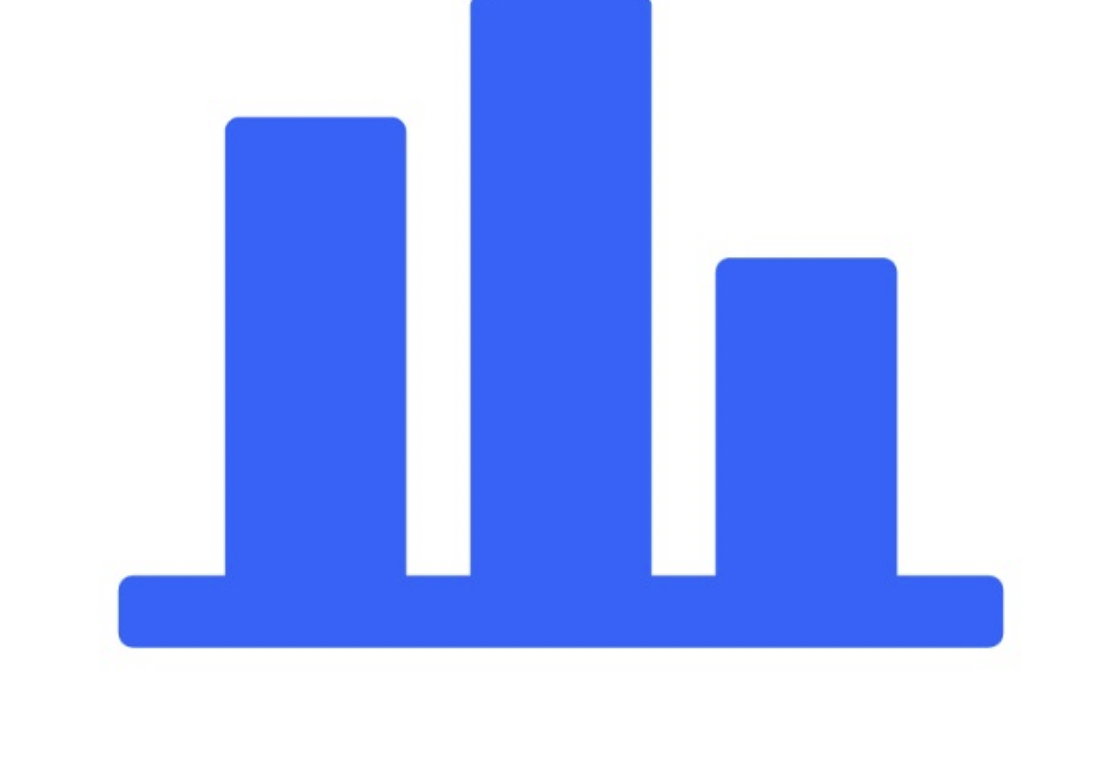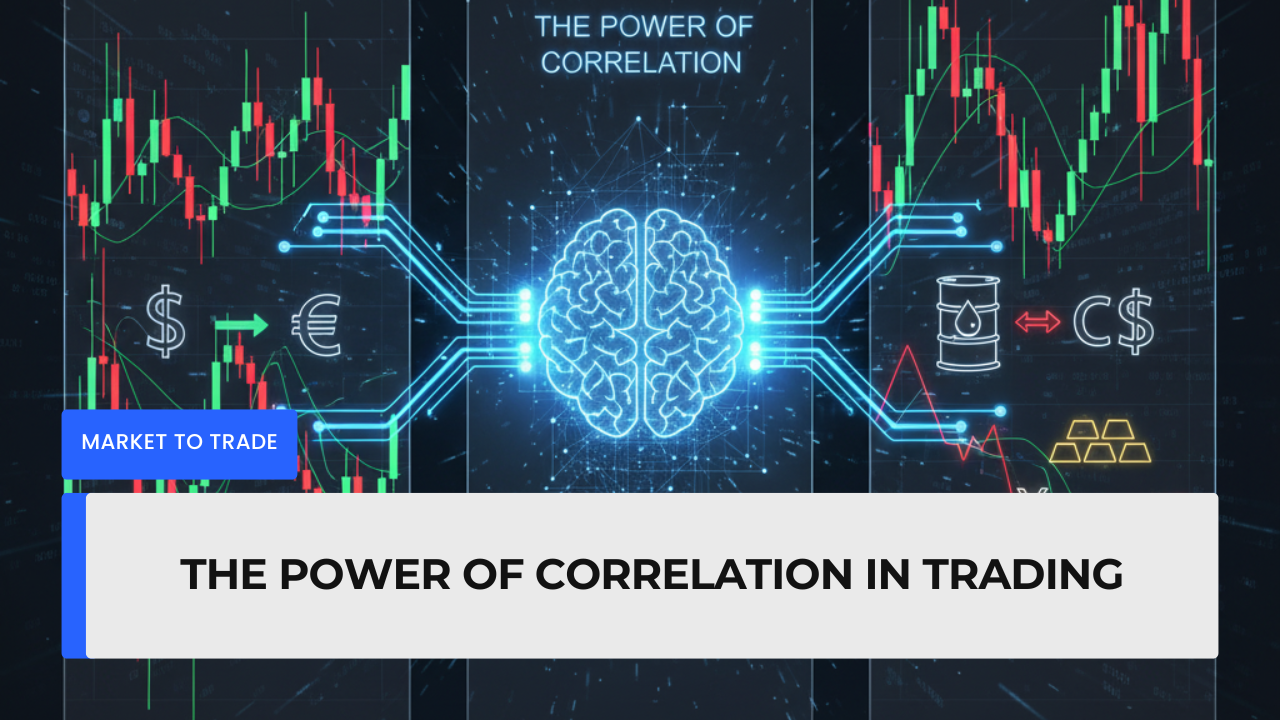Understanding How Global Markets Move Together
In trading, no market moves in isolation.
Currencies, stocks, commodities, and even cryptocurrencies are interconnected, often rising or falling in response to the same economic forces.
This relationship between markets is called correlation — and it’s one of the most powerful concepts every trader should understand.
At Holo Forex, we teach traders how to read these connections, because recognizing correlation can help you diversify better, predict movements, and manage risk like a pro.
1. What Is Market Correlation?
Market correlation measures how two financial assets move in relation to each other.
It’s usually expressed as a value between –1 and +1.
| Correlation Value | Meaning |
|---|---|
| +1 | Assets move in the same direction (strong positive correlation) |
| 0 | No relationship between assets |
| –1 | Assets move in opposite directions (strong negative correlation) |
Example:
If EUR/USD and GBP/USD both rise when the USD weakens, they have a positive correlation.
If gold rises while the USD falls, they have a negative correlation.
2. Why Market Correlation Matters
Understanding correlation gives traders an edge — it helps you anticipate reactions across markets and avoid doubling your risk.
Key Benefits
✅ Risk Management: Avoid overexposure by not trading highly correlated pairs.
✅ Diversification: Spread trades across assets that move differently.
✅ Confirmation: Use correlations to confirm signals or trends.
✅ Hedging: Offset losses in one market with gains in another.
Example:
If you’re long on EUR/USD and also long on GBP/USD, both trades may rise or fall together — doubling your risk if USD strengthens.
3. Currency Pair Correlations
In Forex, currency pairs often move together due to their shared base or quote currencies.
| Pair 1 | Pair 2 | Relationship |
|---|---|---|
| EUR/USD | GBP/USD | Strong positive correlation |
| USD/JPY | USD/CHF | Moderate positive correlation |
| EUR/USD | USD/CHF | Strong negative correlation |
| AUD/USD | NZD/USD | Positive correlation (commodity-linked currencies) |
Example:
If you buy EUR/USD and sell USD/CHF at the same time, you’re essentially making two trades that might cancel each other out — since they often move in opposite directions.
4. Commodities and Forex — The Hidden Links
Commodity prices often move in tandem with specific currencies, especially those from resource-exporting nations.
Oil and the Canadian Dollar (CAD)
Canada is a major oil exporter.
When oil prices rise, the CAD usually strengthens.
Example: If oil jumps 5%, USD/CAD often falls because CAD gains value.
Gold and the U.S. Dollar (USD)
Gold is priced in USD globally.
When USD weakens, gold tends to rise.
Example: Traders buy gold as a safe haven during dollar declines or inflation fears.
Silver and Industrial Growth
Silver demand rises during periods of economic expansion (industrial use).
Example: Rising manufacturing output supports silver prices.
5. Stocks and Forex Connections
The stock market and currency markets also share deep correlations.
U.S. Stocks and the Dollar
When the U.S. stock market rises, investors often sell USD for riskier assets.
When stocks fall, USD strengthens as a safe-haven currency.
Example:
During global uncertainty, traders move money from stocks into USD and gold — causing USD and gold to rise while equities drop.
Global Stocks and Risk Sentiment
In “risk-on” markets (optimistic outlook), traders favor currencies like AUD, NZD, and GBP.
In “risk-off” conditions (fear and uncertainty), safe havens like USD, CHF, and JPY strengthen.
6. Cryptocurrencies and Traditional Markets
Crypto doesn’t exist in isolation either.
As adoption grows, Bitcoin and Ethereum increasingly respond to global market sentiment.
Correlation Trends
BTC and NASDAQ often move together (both are risk assets).
BTC and Gold sometimes show inverse behavior — Bitcoin seen as “digital gold.”
Stablecoins (like USDT) reflect USD movement stability.
Example:
When tech stocks fall, Bitcoin often declines too — showing that investor risk appetite affects both markets.
7. How Traders Use Correlation
Here’s how smart traders apply correlation knowledge in real-world strategies:
✅ Avoid Overlapping Risk: Don’t take multiple trades that move the same way.
✅ Build Hedged Portfolios: Offset risk by pairing positively and negatively correlated assets.
✅ Cross-Market Analysis: Use one market to forecast another (e.g., oil for CAD).
✅ Confirm Setups: Correlated markets moving in sync strengthen trade confidence.
Example:
If gold and EUR/USD are both rising while USD/JPY is falling — it confirms dollar weakness across markets.
8. Dangers of Ignoring Correlation
Neglecting correlation can lead to hidden exposure and unexpected losses.
⚠️ Taking multiple positions in correlated pairs magnifies risk.
⚠️ Correlation can shift during economic crises — yesterday’s patterns may change.
⚠️ Over-reliance on correlation without analysis can reduce flexibility.
Pro Tip:
Review correlations monthly — they’re dynamic, not fixed.
Key Takeaways
✅ Correlation shows how assets move relative to each other.
✅ Forex, stocks, commodities, and crypto are all interconnected.
✅ Use correlations to diversify, confirm, and manage risk.
✅ Remember: correlations change — always stay updated.
✅ Understanding global connections helps you see the bigger market picture.
Final Thoughts
Market correlation is the invisible thread tying the financial world together.
When you understand how assets move in relation to each other, you gain clarity, confidence, and control in your trading.
At Holo Forex, we empower traders to think globally — not just chart by chart, but market by market.
Because once you understand how everything connects, you’ll never look at a single trade the same way again.


